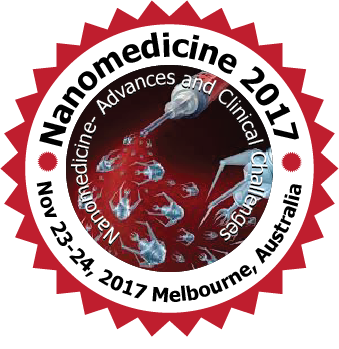
Jacky Jia Chen
Taylor’s University Lakeside Campus, Malaysia
Title: Targeting Animal Cancer Cells Using Plant Virus-Like Nanoparticles Produced in Escherichia coli
Biography
Biography: Jacky Jia Chen
Abstract
Turnip yellow mosaic virus (TYMV) is a tymovirus of the Tymoviridae family which infects almost all Brassica plants. Plant viruses do not infect animal hosts, however, their cellular tropisms can be genetically modified to suite the needs for nanobiotechnological applications. In this study, the C-terminal tail of the TYMV capsid protein was extended with the addition of polyHistidine-tag and cell-targeting peptides, (NH2-TYMVc1-189-GSRSHHHHHHGRKKRRQRRRPQ-COOH) (TYMVcHis6TAT) through genetic insertion and expressed in Escherichia coli (E. coli) via IPTG induction. TYMVcHis6TAT with the size of about 22 kDa was detected by the Western blotting, using anti-His monoclonal antibody. Addition of Histidine-tags and cell-targeting peptides at the C-terminus did not impair its capsid assembly property. Transmission electron microscopy and dynamic light scattering (DLS) analysis showed that the recombinant protein self-assembled into icosahedral nanoparticles with diameter of about 39 nm. These nanoparticles were about 30% larger in size, comparing to the wildtype virus. Later, the functional sites located on the TYMVcHis6 nanoparticles for multiple drug displays were identified by investigating the surface exposed amine and sulfhydryl side chains, using NHS-ester and maleimide fluorescent reagents, respectively. qTOF-MS analysis of the tryptic digested protein samples, revealed that lysine and cystein residues at positions 32 and 117, of TYMVc were exposed and conjugated with one fluorescein molecule each. When tested on lung and prostate cancer cells, in vitro, fluorescent microscopy showed that the fluorescent TYMVcHis6TAT nanoparticles were able to target the cells, effciently, at dose dependent manner. The present study demonstrated a proof of concept for multiple drugs and peptides display on the surface of plant TYMV-like nanoparticles for nanomedicinal application.

